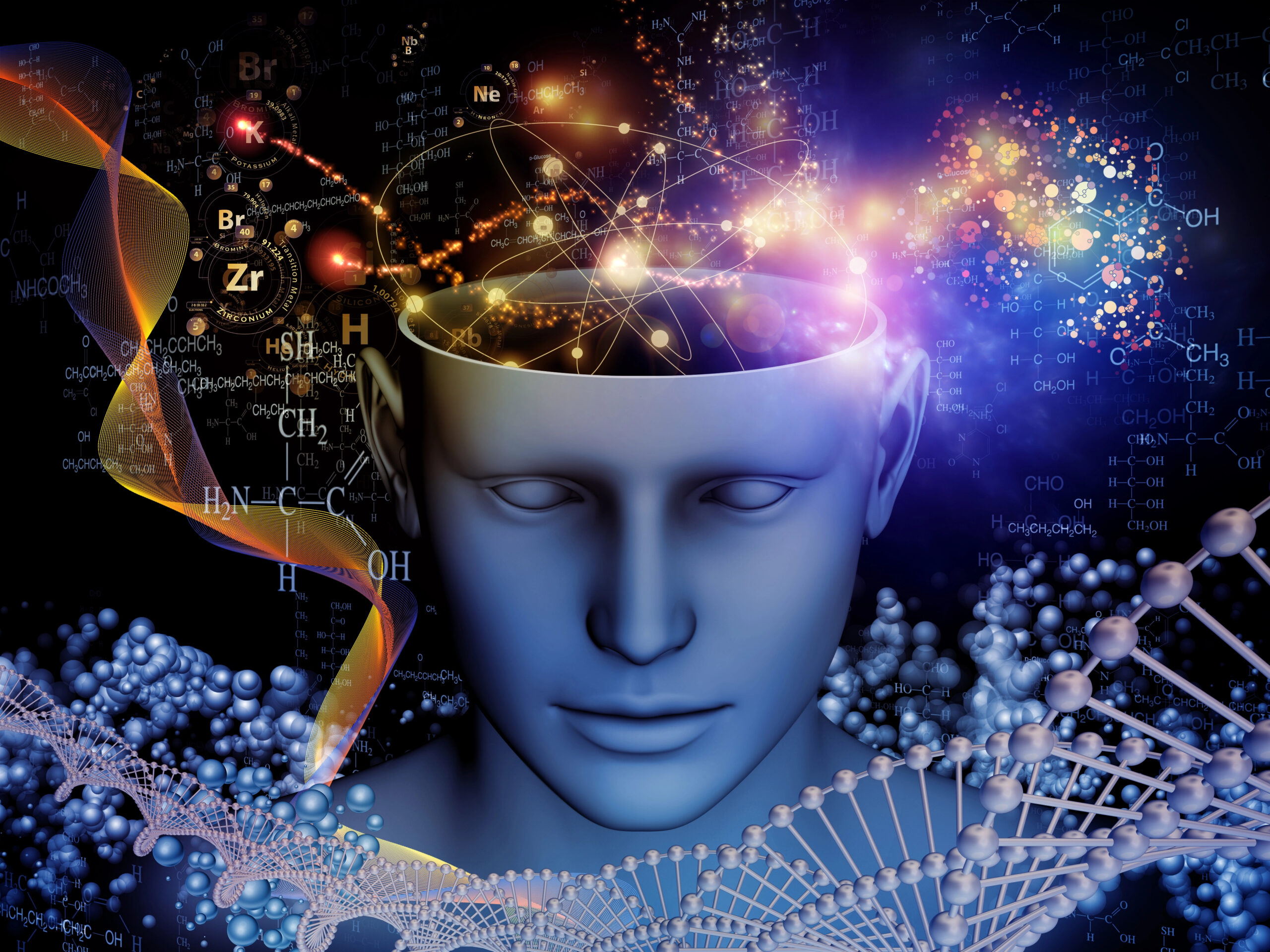
Porn Addiction: Enslaved to a Lie
May 10, 2024
In the last couple of articles, I have been exploring the scourge of pornography as a prime example of the problem of “shamelessness.” I previously discussed how porn is omnipresent today, toxic to body and soul, and, in this article, I will highlight its addictive nature.

For many years, medical and mental health professionals thought of “addiction” as only applicable to consuming chemical substances. However, in recent years, neuroscience has helped our understanding of addiction to evolve. We understand more about the mechanisms underlying addiction that involve the brain’s natural reward circuits, memory systems, endorphins (i.e., chemicals in the brain that induce euphoria), impairments to the executive control centers, and more. Researchers have now established that it is possible for an addicted brain state to occur without consuming a chemical agent. Certain behaviors (e.g., eating, gambling, sex) result in the release of pleasurable chemicals in the brain such that if they are repeated and intensified under certain conditions, an addiction can become established. [1]
Internet pornography is designed to capitalize on this potential for behavioral addiction. When a consumer, especially a man, views pornography, the sexual images activate the dopamine pathway in the brain that is involved in anticipation of pleasure, focused attention, and learning. Essentially, the brain becomes fixated on the image and associates it with the anticipation of pleasure. Physiological arousal is heightened, which intensifies learning. If sexual climax occurs in the viewer, the brain comes to associate the euphoric experience with pornography. The brain releases chemicals that normally promote bonding (e.g., prolactin and oxytocin), but in the case of viewing porn, these may serve to strengthen the false sense of connection with the pornographic fantasy. When this process is repeated, the brain becomes increasingly conditioned to seek and prefer pornography to other sources of enjoyment. In addition, changes occur in the brain’s dopamine reward system such that more and more pornographic stimulation is needed to get the same response previously experienced. Meanwhile, the executive control centers in the frontal lobe actually diminish, reducing self-control and thoughtfulness. The end result is a person who feels miserable most of the time due to the changes in their dopamine system, is preoccupied by sexual thoughts, experiences intense craving for porn and sexual behavior to feel better, and whose ability to resist is weakened over time.[2]

There are additional features of Internet pornography that make it especially addictive. Whereas in the past, one would have to go to a physical store, potentially interact with other humans, and pay money to obtain porn, the Internet has made pornography accessible, affordable, and potentially anonymous. One researcher referred to this as the “triple A” engine of Internet porn and likened it to crack cocaine in its addictive potential.[3]
Even more, Internet porn constitutes a “supernormal stimulus.” Nobel prize winner Niko Tinbergen coined this term to describe a phenomenon that he and other scientists discovered in their research on animal behavior. They found that they could manipulate animals’ natural instincts by presenting them with artificial stimuli that were exaggerated versions of familiar objects. For example, after presenting male butterflies with artificial mates with exaggerated colors and shapes similar to but more intense than those of real females, the researchers observed that the males preferred to direct their sexual advances toward the artificial butterflies than toward real females. The researchers were similarly able to manipulate the caregiving behavior of mother birds by presenting them with artificial stimuli that exaggerated the features of their own young, resulting in the mothers preferring the fake young to their actual chicks.[4]

This type of process is frequently at work in advertising and media today. We are bombarded with exaggerated stimuli designed to trigger our instincts in order to capitalize off our cravings. Pornography is a prime example. By presenting anomalously attractive bodies engaged in extreme sexual activities and situations, pornographers are manipulating our natural instinct toward sexual union to crave the exaggerated, artificial fantasy world of porn.
As we have seen, pornography is destructive to human beings and human society. It presents a counterfeit version of the intimacy for which we are created. While our fallen nature can make us susceptible to such lies, Christ died to redeem us and show us the way to freedom. In future articles, I will explore Pope St. John Paul II’s reflections on purity of heart and our call to true spousal love. With the saintly pope as our guide, let us confidently follow the path that Jesus has prepared for us.
[1] Hilton & Watts (2011). Pornography addiction: A neuroscience perspective. Surgical Neurology International, 2:19.
[2] Struthers, W. M. (2009). Wired for intimacy: How pornography hijacks the male brain. InterVarsity Press.
[3] Cooper, A. (1998). Sexuality and the Internet: Surfing into the new millennium. CyberPsychology & Behavior, 1(2), 187–193.
[4] Love et al. (2015). Neuroscience of Internet pornography addiction: A review and update. Behavioral Sciences, 5, 388-433.
Note: This article is part of a series of reflections on Pope St. John Paul II’s “Theology of the Body.”

Written by, Dr. Andrew Sodergren, M.T.S., Psy.D.,
Director of Ruah Woods Psychological Services
(Article originally published in The Catholic Telegraph, August 2023 Issue, the official magazine of the Archdiocese of Cincinnati)
Share